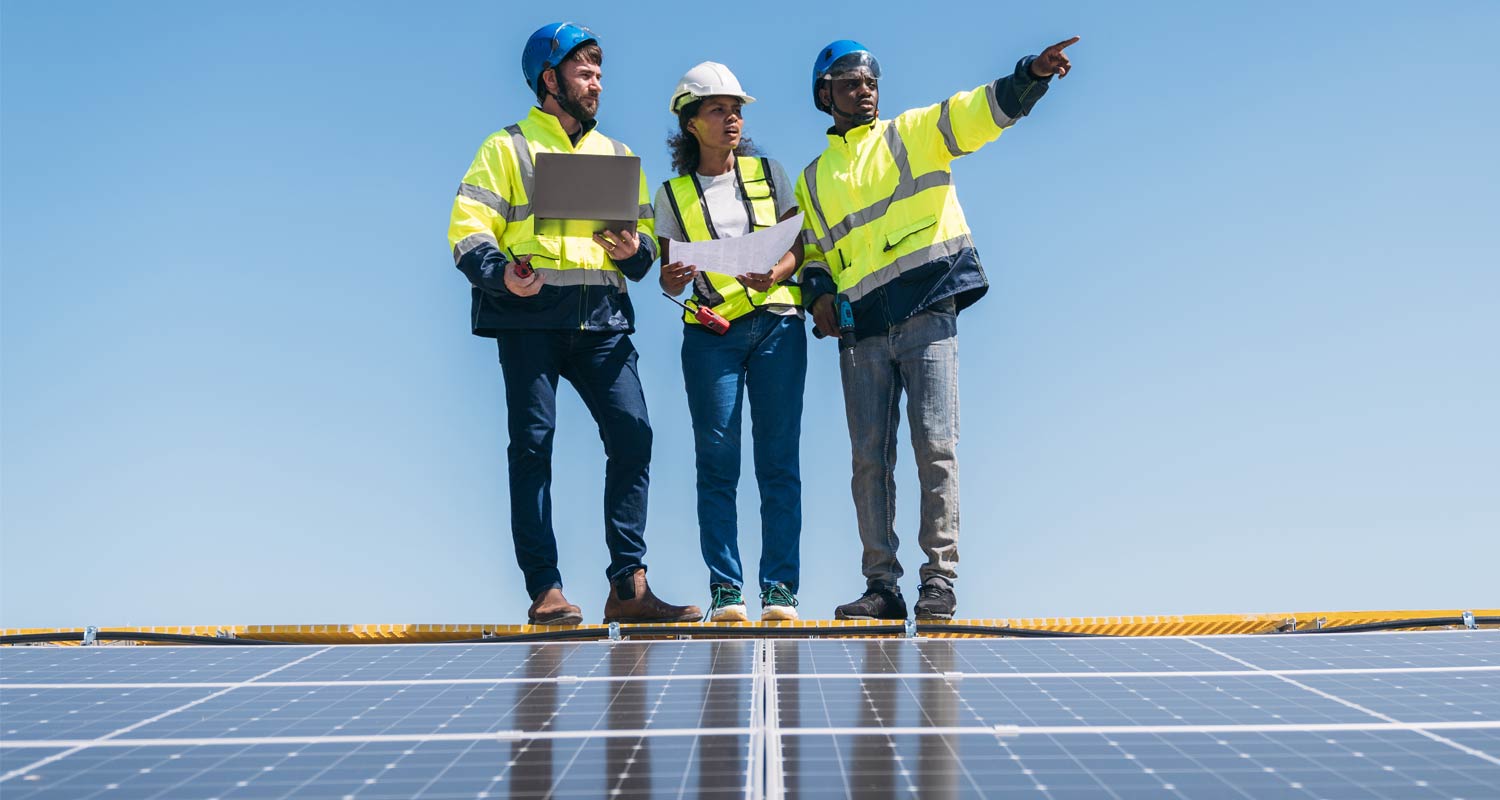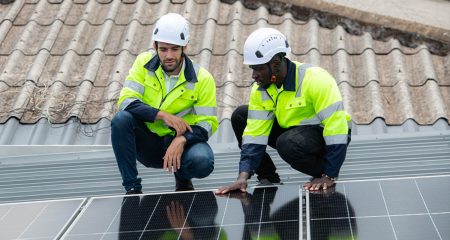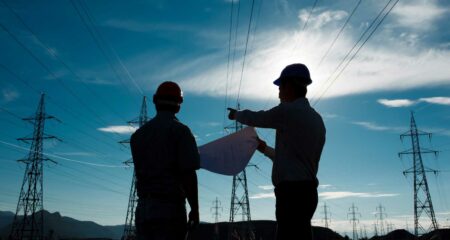 The idea of installing solar in your home can seem daunting once you’ve had a taste of all the relevant terminology and components – talk of energy consumption, kilowatts versus kilowatt-hours, inverters and feed-in meters can be overwhelming. It doesn’t need to be complicated, though: you just need to know the basics.
The idea of installing solar in your home can seem daunting once you’ve had a taste of all the relevant terminology and components – talk of energy consumption, kilowatts versus kilowatt-hours, inverters and feed-in meters can be overwhelming. It doesn’t need to be complicated, though: you just need to know the basics.
Installing a system that seamlessly keeps your lights on, the hairdryer going and the geyser hot sounds like a great idea, and it is. It’s also a great way to reduce your electrical bill while playing a significant part in tackling the climate crisis by using clean, sustainable and reliable energy.
Essential components
It’s certainly a good idea to familiarise yourself with the components of rooftop solar systems, but registered solar companies generally sell these as packages so you won’t need to purchase each element separately. A good installer will also have already ensured that the various components are optimally compatible.
Below are the essential components needed to install solar:
- Solar panels: The shiny, glass-like panels on your roof that convert sunlight into electricity.
- Inverters: The energy generated by the sun is not the same energy you receive from electricity to run a washing machine or tumble dryer, for instance. Once energy from the sun is captured and converted into power by the solar panels, an inverter converts this power into “useable” electricity – what you would finally need to power up devices and equipment linked to a plug point.
- Electrical distribution board: This is your home’s main electrical service panel (the “motherboard”), which you would often find in the kitchen or garage. The board connects your solar system, home electrical system and the grid. It is the same panel that is used to turn on/off the main electricity sources in your home and which you tend to if a switch tripped somewhere in or outside the house.
- Bidirectional utility meter: A device installed inside your home (maybe in the kitchen, garage or hallway) that monitors the electricity your solar system transfers to and from the grid. It is what you would use to monitor your electricity usage and top-up with electricity units.
- Solar batteries: These batteries help you make the most of the energy generated by storing it for future use.
Pick the right solar system
The good news is that there are several solar-powered systems so you can select the one best suited to your needs. Here’s a quick look at grid-tied, off-grid and hybrid-powered solar systems:
- Grid tied: Grid-tied systems directly connect to the local electrical grid. These systems are the most cost-effective but do not have a battery backup and will therefore not keep your lights on during a power outage. These packages start from around R50 000.
- Off-grid: These systems rely 100% on solar power to generate electricity. They are disconnected from the municipal power grid. Once the energy is generated, it is stored in batteries at night or on cloudy days when solar production is low. These systems are more expensive as they require batteries and other components to store the energy generated. They cost between R150 000 and R500 000, again, depending on the size of the home and electricity needs.
- Hybrid: Hybrid systems offer the best of both worlds in that they can operate when connected to the grid (and Eskom power) but also have battery storage for backup power. Should the backup energy not be needed, it can be directed back into the grid using a bidirectional utility meter. Price wise, these systems lie between the grid-tied and off-grid systems. These systems are also in demand as a growing number of municipalities allow you to feed unused excess energy back into the local grid, for which you can receive credits. These systems typically cost between R100 000 and R300 000, depending on the size of the home and how much electricity needs to be generated.
Chances are you’ll choose a grid-tied or hybrid system. In South Africa, hybrid systems are most common (and favourable). Now the question is, how big a system do you need? The larger the inverter system, the more solar panels and batteries it will require.

How much is enough?
If you know how to work out your utility bill, this may be a more straightforward task. This is where the “watt” issue comes into play.
Power is measured in watts. To put it into context, some devices require well over 1 000W to operate. This is why units of power are commonly referred to as kilowatts (1kW = 1 000W).
When it comes to the conventional tariff structure, we measure electricity in kilowatt-hours. You may have noticed that your municipal electricity bill is measured in kilowatt-hours. Eskom uses this example: if you use a 1 000W heater for one hour daily for 30 days, you will use 30kWh/month, so at an average cost of electricity of R1.67/kWh, it will cost you R50.06/month.
Your solar system provider can assess your electricity use and, based on your needs, recommend the best system for your home. They’ll also be able to tell you which equipment drains your energy the most.
Size matters
The size of your solar system is important as it directly impacts the amount of renewable energy that you can produce. It all comes down to your specific energy needs.
- 3kW solar system: This system generates an average of 8-12kWh of electricity, which will still assist your whole home and allow you to power your fridge, TV and light bulbs.
- 5kW solar system: This system will generate around 15-20kWh on a sunny day and can power your washing machine, air conditioner, geyser, oven and TV.
- 10kW solar system: A system of this size can generate between 30kWh and 40kWh of power each day, which is typically enough to provide power for one large family.
On average, South African households use around 10-15kWh of power per day, so if you’re using solar as a backup (in case of power cuts, for example), then a 5kWh system will be more than sufficient. You’d only be looking at a larger system if you have a large household with a big energy requirement or want to move off the grid entirely.
Renting vs buying
A final consideration is whether you want to purchase or rent a rooftop solar system.
The advantage of buying a system outright is that you own it. However, while solar system prices have decreased, it is still an expensive undertaking and requires maintenance which is an ongoing cost. Renting a system removes a lot of the headache because you have a small monthly payment and most solar rental companies will take on the installation, maintenance and insurance, making this option more attractive.
- The author, Andrew Middleton, is CEO of GoSolr
- The views of columnists published on TechCentral are their own and do not necessarily reflect the publication’s views




